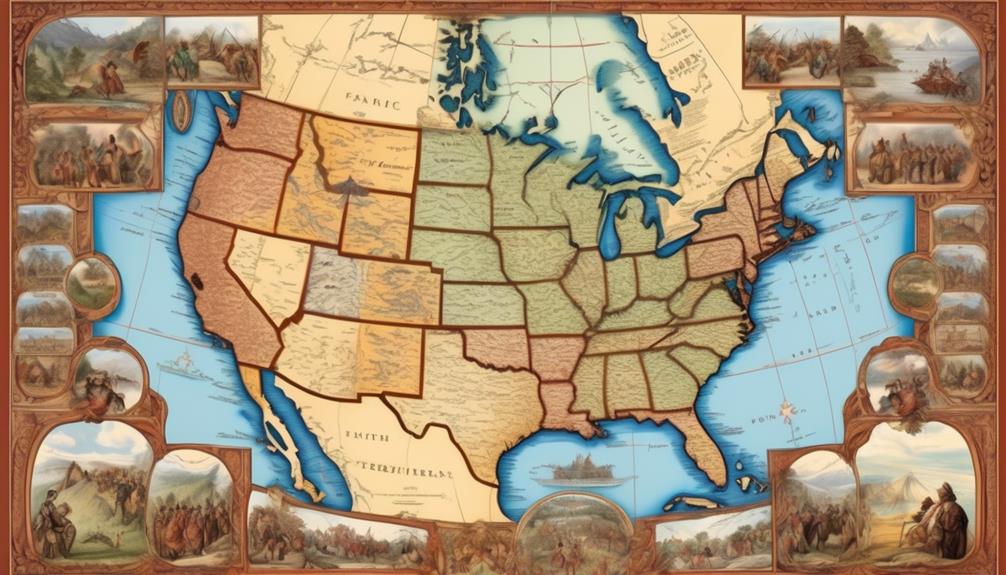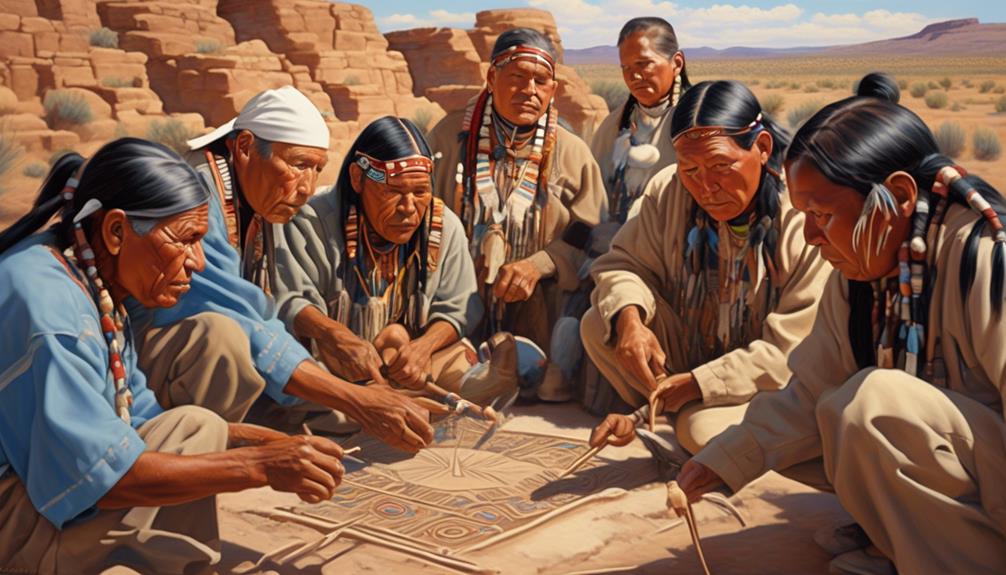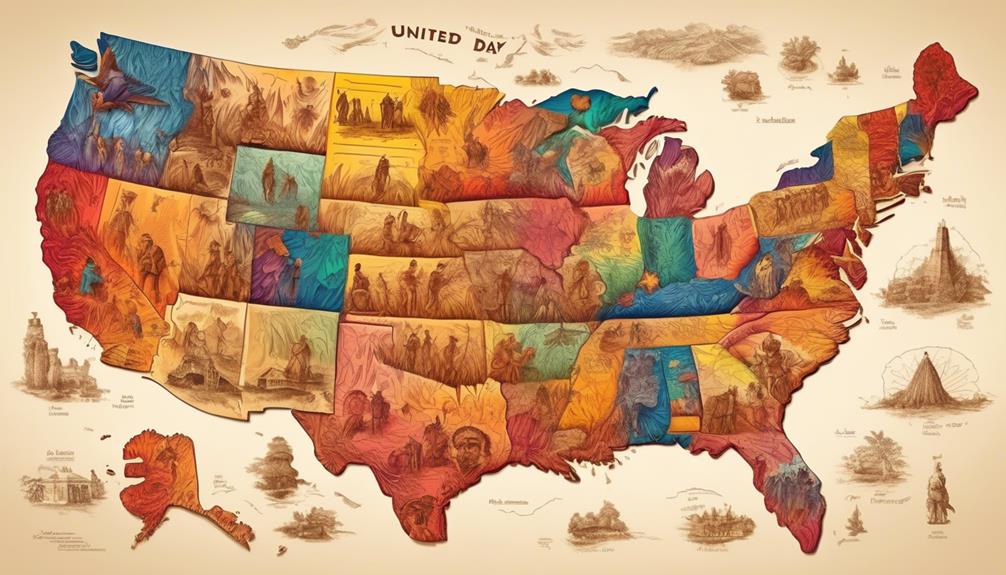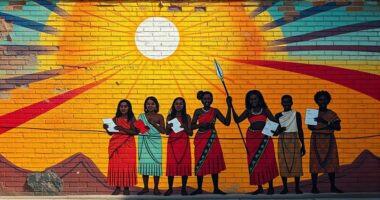As we stand on the shores of history, gazing at the vast land that was once under French control and is now ruled by Britain, it is important to consider the substantial impact of the Treaty of Paris on the indigenous peoples who have lived on this land for countless generations.
The ramifications of this pivotal agreement reverberated across the intricate tapestry of indigenous societies, forever altering the course of their lives and shaping the future of their descendants. From the loss of ancestral lands to the imposition of unfamiliar colonial policies, the treaty's implications were far-reaching and continue to resonate to this day.
Key Takeaways
- Dispossession of vast territories without consent or fair compensation
- Forced cultural assimilation through language, legal systems, and religious beliefs
- Marginalization of Indigenous leaders and governance structures
- Loss of cultural identity and traditional knowledge
Loss of Land and Resources
The Treaty of Paris resulted in the loss of land and resources for many Indigenous peoples, profoundly impacting their way of life and future generations. Land dispossession was a central consequence, as vast territories were taken away without consent or fair compensation. This dispossession not only deprived Indigenous communities of their homes but also disrupted their economic systems, leading to economic devastation.
The land wasn't merely an area for hunting, gathering, and living but also held deep spiritual and cultural significance. The loss of these lands meant the loss of identity, traditions, and knowledge which had been passed down through generations.
Additionally, the resources that sustained their livelihoods were stripped away, leaving many Indigenous peoples in a state of poverty and struggle. The economic devastation that followed further marginalized these communities, as they grappled with the profound upheaval of their traditional ways of life.
The repercussions of this loss of land and resources continue to reverberate through Indigenous communities, shaping their experiences and opportunities in the present day.
Shift in Alliances and Relations
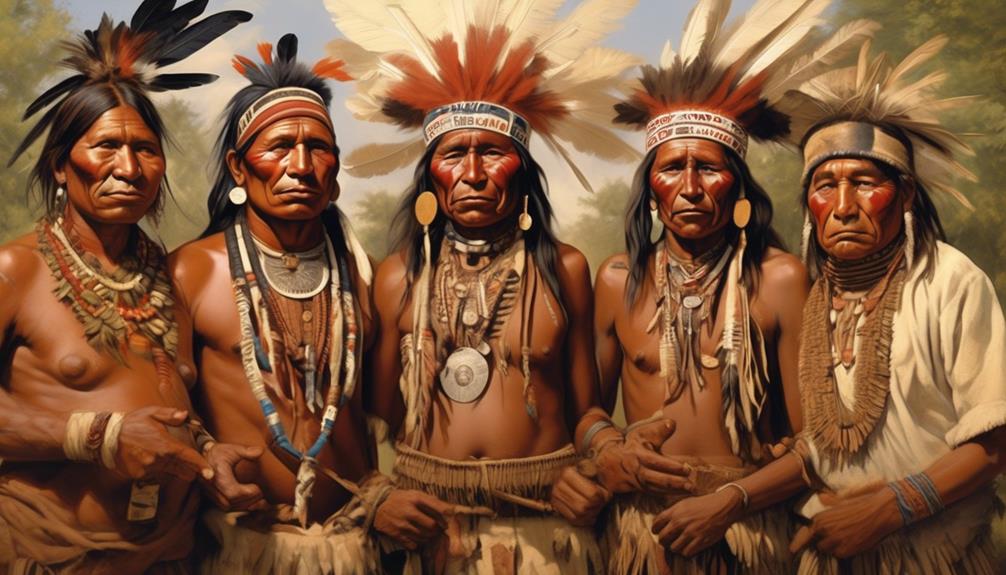
Experiencing the loss of land and resources due to the Treaty of Paris, Indigenous peoples found themselves navigating a significant shift in alliances and relations with neighboring communities and colonial powers. This shift brought about diplomatic repercussions, as tribes sought to form new alliances with other Indigenous groups or colonial powers to mitigate the impact of territorial loss. As a result, cultural assimilation became a pressing concern, as Indigenous peoples grappled with the challenge of preserving their traditions while adapting to new social and political dynamics.
- Diplomatic Repercussions: Indigenous tribes had to navigate complex diplomatic relationships with neighboring communities and colonial powers to secure their interests and protect their sovereignty.
- Cultural Assimilation: The shift in alliances led to increased pressure for cultural assimilation as Indigenous groups interacted with different cultures and power structures.
- Trade Dynamics and Social Integration: The changing alliances also influenced trade dynamics and social integration, as Indigenous peoples sought to maintain economic stability and social cohesion in the face of territorial loss and shifting power dynamics.
This period marked a critical juncture in Indigenous history, as tribes grappled with the complexities of forging new alliances and navigating the cultural, social, and economic challenges that accompanied the loss of land and resources.
Imposition of British Colonial Policies
Upon the imposition of British colonial policies, Indigenous peoples faced a profound upheaval in their societal structures and traditional governance systems. Economic exploitation became rampant as British policies prioritized the extraction of resources from Indigenous lands, leading to severe disruption of their sustainable practices. Cultural assimilation was forced upon Indigenous communities through the imposition of English language, legal systems, and religious beliefs, eroding their cultural identities and traditional knowledge systems. The power dynamics shifted drastically, as Indigenous leaders and governing structures were marginalized, and colonial authorities exerted control over land and resources. In response, resistance movements emerged as Indigenous peoples fiercely defended their autonomy and sovereignty, sparking conflicts and uprisings against the encroachment of British colonial powers.
| Challenges Faced | Impact on Indigenous Peoples |
|---|---|
| Economic Exploitation | Disruption of sustainable practices and resource extraction |
| Cultural Assimilation | Erosion of cultural identities and traditional knowledge systems |
| Power Dynamics | Marginalization of Indigenous leaders and governance structures |
| Resistance Movements | Emergence of conflicts and uprisings against colonial powers |
Displacement and Forced Relocation
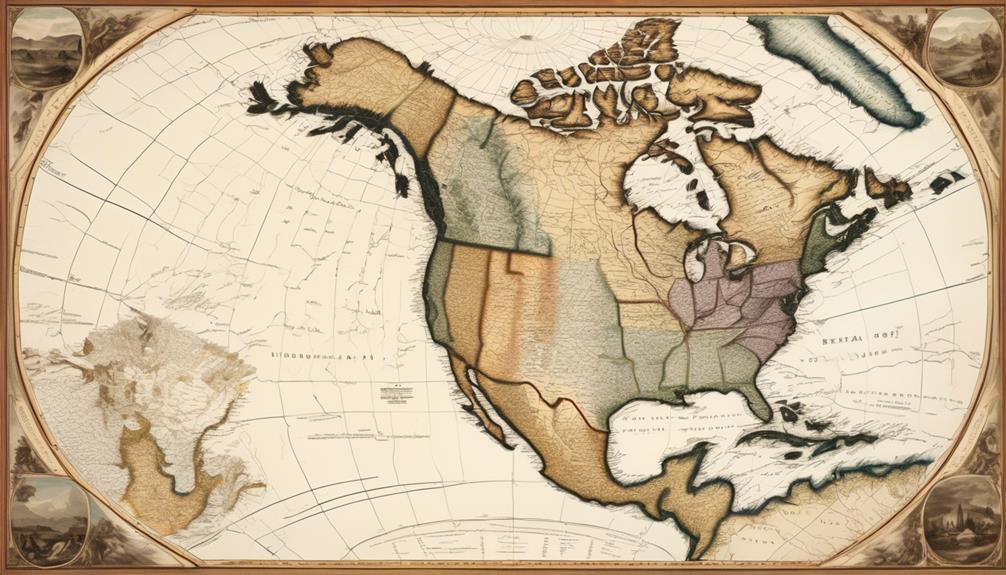
Forced displacement and relocation profoundly altered the lives of Indigenous peoples, disrupting their communities and severing their connections to ancestral lands. The impact of these actions was devastating, leading to a loss of cultural identity and traditional knowledge, and creating a legacy of intergenerational trauma. This forced separation from their homelands resulted in profound social, economic, and psychological consequences for Indigenous communities, perpetuating cycles of poverty and marginalization.
- Loss of Cultural Identity: Forced relocation led to the disruption of traditional practices, languages, and spiritual beliefs, contributing to the forced assimilation of Indigenous peoples into European settler societies.
- Erosion of Traditional Knowledge: The displacement severed Indigenous communities from their ancestral lands, leading to a loss of vital knowledge about sustainable land management, resource utilization, and environmental stewardship.
- Interconnected Trauma: The forced relocation not only inflicted immediate suffering but also perpetuated long-term psychological and emotional distress, contributing to cultural erasure and the erosion of Indigenous identities.
The policy of forced relocation not only physically displaced Indigenous peoples but also contributed to the erasure of their cultural heritage and the undermining of their fundamental human rights.
Long-Term Cultural and Social Impacts
The long-term cultural and social impacts of forced displacement and relocation on Indigenous peoples are enduring and deeply entrenched in the fabric of our communities, shaping our collective experiences and ongoing struggles for cultural preservation and social justice. The Treaty of Paris, which transferred the land from France to Britain, had profound and lasting effects on Indigenous peoples. Cultural assimilation and economic marginalization became ingrained in our daily lives, perpetuating a cycle of systemic oppression and inequality.
| Cultural Assimilation | Economic Marginalization | Social Disruption | Loss of Traditional Knowledge |
|---|---|---|---|
| Indigenous languages, traditions, and spiritual practices were suppressed, leading to the erosion of our cultural identity. | The loss of control over our traditional lands and resources resulted in economic hardships and limited opportunities for financial independence. | The forced relocation disrupted social structures and community cohesion, leading to intergenerational trauma and loss of kinship ties. | Our ancestral knowledge, including land management practices and medicinal wisdom, was jeopardized, impacting our ability to sustain our traditional ways of life. |
These enduring cultural and social impacts continue to shape our communities, necessitating ongoing efforts to address the historical injustices and work towards healing and empowerment.
Frequently Asked Questions
How Did the Treaty of Paris Specifically Impact the Rights and Sovereignty of Indigenous Peoples in the Claimed Territory?
The Treaty of Paris significantly impacted the rights and sovereignty of indigenous peoples in the claimed territory. Land rights were disrupted, leading to economic consequences and loss of autonomy. Sovereignty was eroded as British colonial power expanded, often disregarding indigenous governance structures.
This had lasting effects on indigenous communities, leading to displacement and loss of traditional ways of life. The treaty's impact on indigenous peoples' rights and sovereignty continues to shape their struggle for recognition and justice.
What Were the Immediate Economic and Social Consequences for Indigenous Communities as a Result of the Treaty?
The immediate economic consequences for indigenous communities following the Treaty of Paris were severe. Economic hardship was rampant as the British imposed trade restrictions and disrupted existing trading networks.
Social displacement also occurred, as indigenous peoples were forcibly removed from their lands to make way for British settlements and resource extraction. These actions led to widespread poverty and dislocation, fundamentally altering the traditional ways of life for indigenous communities.
Were There Any Efforts Made by Indigenous Leaders to Resist or Negotiate the Terms of the Treaty?
We need to understand the efforts made by indigenous leaders to resist or negotiate the terms of the Treaty of Paris. Their resistance and negotiation efforts were crucial in protecting their sovereignty and mitigating the economic and social consequences of the treaty.
Indigenous leaders actively sought to maintain their rights and autonomy in the face of significant challenges posed by the treaty's impact on their communities.
How Did the Treaty Affect the Traditional Governance Structures and Political Autonomy of Indigenous Nations?
The Treaty of Paris drastically altered traditional governance and political autonomy of many indigenous nations. Its impact on sovereignty, rights, and economic consequences reshaped the post-treaty landscape.
Indigenous resistance, negotiation efforts, and political advocacy played crucial roles in addressing the social impact.
The treaty brought significant challenges, but our ongoing efforts aim to restore and honor the historical and contemporary contributions of indigenous peoples in the face of colonial treaties and their consequences.
What Role Did Indigenous Peoples Play in Shaping the Post-Treaty Political Landscape and Advocating for Their Rights and Interests?
Advocating for their rights and interests, indigenous peoples played a crucial role in shaping the post-treaty political landscape.
Our ancestors often say, 'Many hands make light work,' illustrating the power of collective action.
Indigenous advocacy exerted significant political influence, challenging the new governing powers and striving to maintain autonomy.
Despite challenges, our ancestors' resilience and unity paved the way for ongoing efforts to protect indigenous rights and traditional governance structures.
Conclusion
In the end, the Treaty of Paris left a lasting impact on indigenous peoples. Their land and resources were taken away, alliances and relations shifted, and British colonial policies were imposed.
The forced displacement and relocation led to long-term cultural and social impacts that are still felt today. Like a tree with deep roots, our communities have been uprooted and replanted, forever changed by the consequences of this historic treaty.
